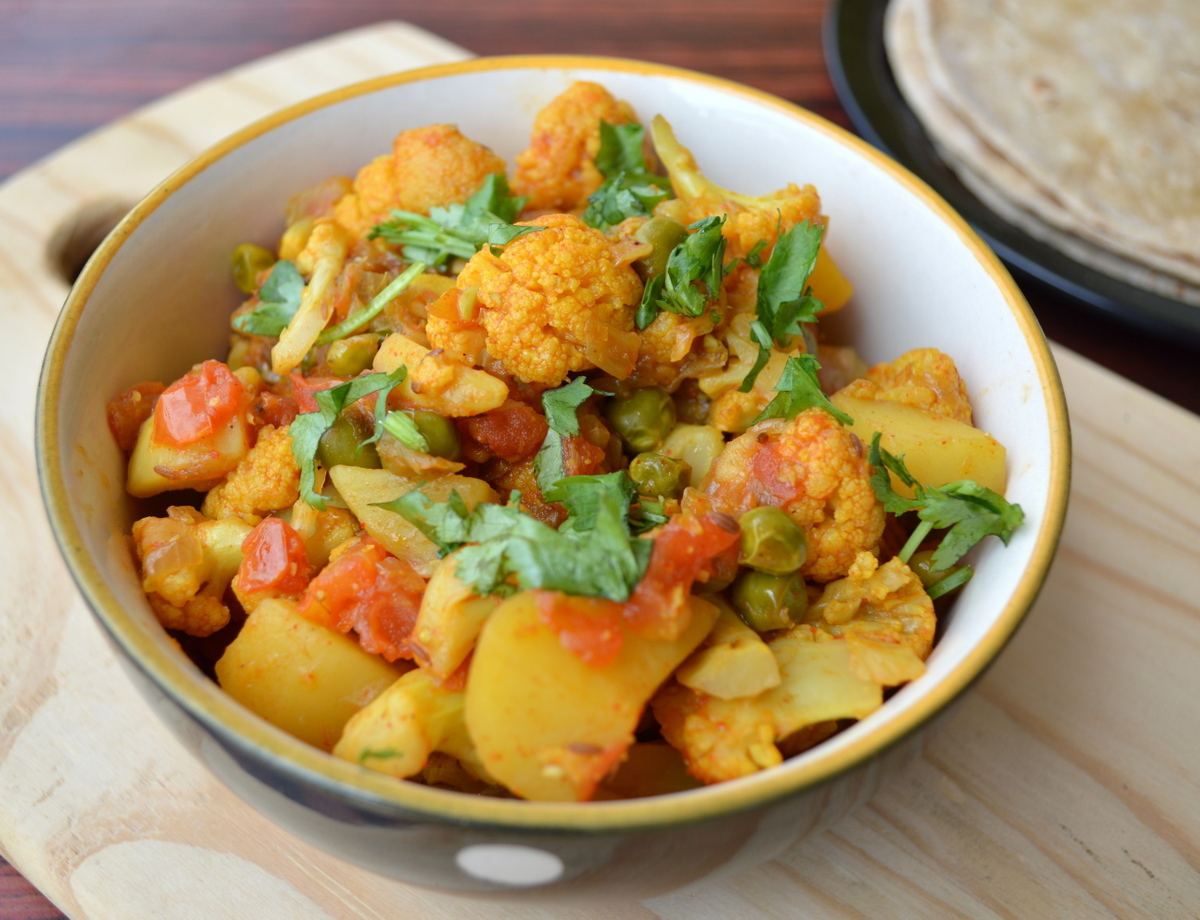5
Ours is a Chappati/roti loving family. On any given day, all of us in the house would unanimously vote for rotis than for rice. Till last year I used to make about 20 rotis everyday in the evening for dinner with some curry. But since the time we’ve moved to Chennai, roti making has become a very difficult task. We moved to Chennai in the month of April and it was so very hot at that time that staying in the kitchen and preparing elaborate meals seemed to be a Herculean task. With heat as an excuse, slowly, rotis started making very rare appearances in my kitchen.
But off late I must say, the weather in Chennai has changed. It is really very pleasant and I don’t feel the need for a fan even in the afternoons. Now this was something I had never imagined. I sincerely hope that this weather lasts for a couple of months. Anyways, with this pleasant breezy weather, I decided to make our favourite meal more often.
Making rotis is much easier than deciding the side dish to go with it isn’t it? So here is a simple and delicious side dish which would go perfectly with your warm rotis.
What you’ll need
Serves 4
- Cauliflower Florets – 3 cups
- Potato – 1.5 cup, cut into cubes
- Onion – 2, chopped fine
- Tomato – 3, chopped fine
- Ginger – 1 inch piece, grated
- Coriander Powder – 1 tsp
- Chilly Powder – 1 tsp
- Garam Masala Powder – ½ tsp
- Turmeric Powder – ¼ tsp
- Salt to taste
- Oil – 1 tbsp
- Cumin Seeds – 1 tsp
- Fresh Coriander Leaves for garnishing
Method
- Soak the cauliflower florets in hot water for about 5 minutes to remove worms if any. Drain, rinse well and set aside.
- Heat a Kadai with oil, add cumin seeds.
- After they change color, add the chopped onions and grated ginger and sauté for 3 to 4 minutes or till the onions turn light brown.
- Now add the potatoes, and turmeric powder. Mix well, cover and cook for 3 to 4 minutes on medium to low heat.
- After the potatoes are half cooked add the cauliflower florets and salt to taste. Mix well cover and cook for another 7 to 8 minutes on medium to low heat, stirring once in a while, till the vegetables are cooked. You can sprinkle some water if you feel that the veggies may stick to the pan.
- Now add the coriander powder, chilly powder and garam masala powder and mix well. Fry for a minute.
- Finally add the chopped tomatoes, stir well again cover and cook for about 5 to 6 minutes or till the tomatoes have turned mushy.
- If you want a completely dry curry, once the tomatoes are soft and mushy, remove the cover and cook on medium flame for about 4 to 5 minutes.
Garnish with chopped coriander leaves and serve hot with rotis or parathas.
Variation:
- You can add fresh or frozen peas as well to this curry. It tastes good. I did add a handful of peas in the above recipe.
- Try not to add any water while cooking the veggies else the cauliflower may turn mushy.































